Email: Anthony@nica.realty
Call Us: +1 772-444-1954
Address: Malecón, South Corner of the Lago Azul Restaurant, Facing the, P.º del Rey, San Juan del Sur
Weather
Nicaragua has a tropical climate. Both dry and wet seasons exist, as they do in most Central America Countries. Due to a lack of rainfall during the dry season (January-June), trees and vegetation tend to wither and perish. But, soon as the rain begins to fall in July, all the yellow plants and leafless trees turn green and flowery again. In August and September, it appears as though it rains every single day!
The eastern half of Nicaragua receives significantly more rainfall than the western part. Nicaragua is located in the tropical zone and also features three unique climatic zones as a result of its elevation differences: the Pacific lowlands, the middle and mountainous zone, and the Caribbean coast. Each of these regions experiences a dry and wet season throughout the year. It is divided into two distinct seasons, the first of which runs from November to April and the second of which runs from May to October. Let’s break them down a little for you!
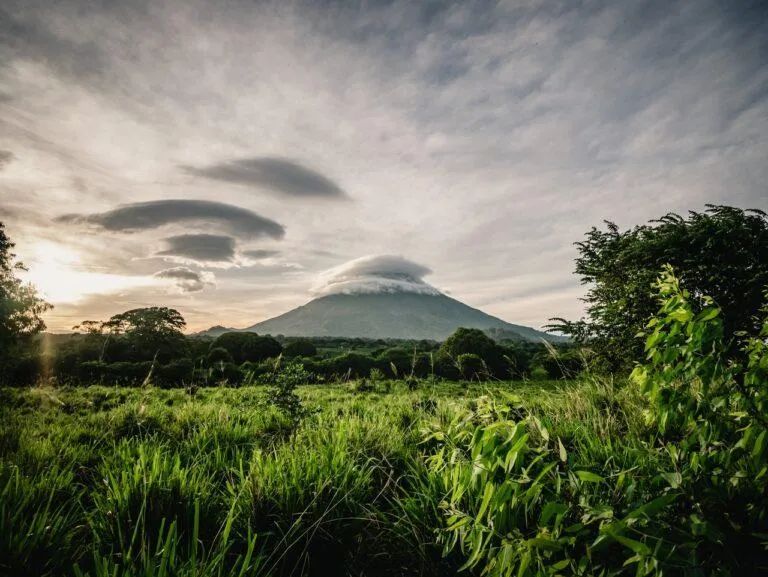
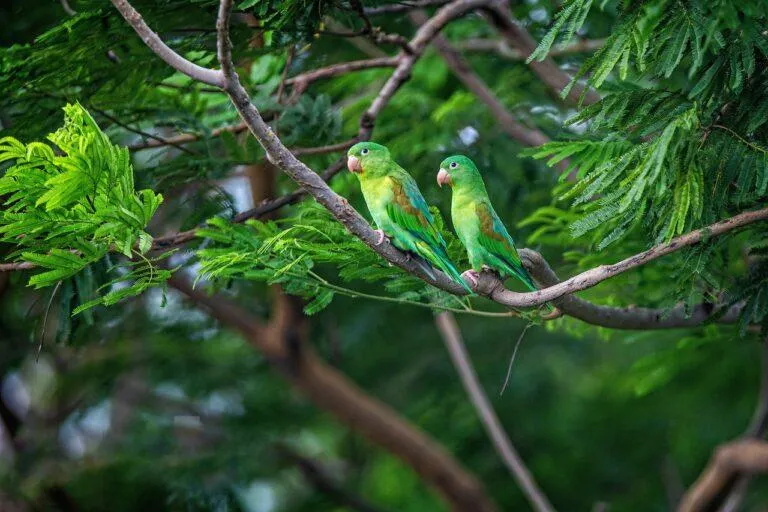
Pacific Ocean Lowlands
The climate of this tropical savanna region is characterized by an unusually dry season between December and April, followed by an excessively wet season from May to November. Nicaragua’s lakes are teeming with animals and plants. Between November and March, you may easily view numerous whales, dolphins, and turtles grazing and breeding on its Pacific beaches.
Nicaragua's Pacific Ocean offers some of the best surfing conditions in the world!
With 8,000 square kilometers of terrain surrounding Lake Nicaragua in the country’s southeast, it provides a broad flat area where the wind blows consistently (east to west) virtually all year. This results in nearly consistent winds blowing from land to sea along Nicaragua’s southern Pacific coast, ensuring nearly perfect surf all year! The breeze never changes direction during the day, and the water is very clear and pleasant! (Affectionately known as the Land of Lakes and Volcanoes!) Nicaraguans refer to this as The Papagayo Wind, and it is a favorite of the locals!
Through these wind currents and the mixing of hot and cold waters, Papagayo winds contribute to an increase in algae growth, which improves feeding for smaller fish that contribute to the abundance of species like marlin and sailfish.
Tola, in the Rivas department, has gained international recognition for having some of the most gnarly waves in the world, hosting yearly competitions. Playa Popoyo, near Tola, is Nicaragua’s most internationally recognized surf destination.
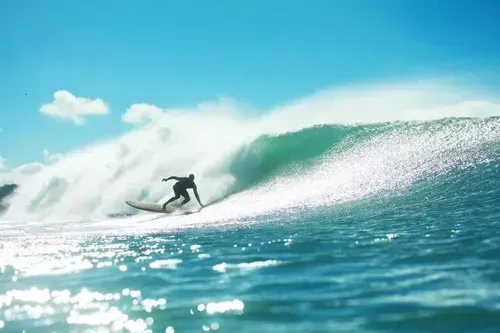
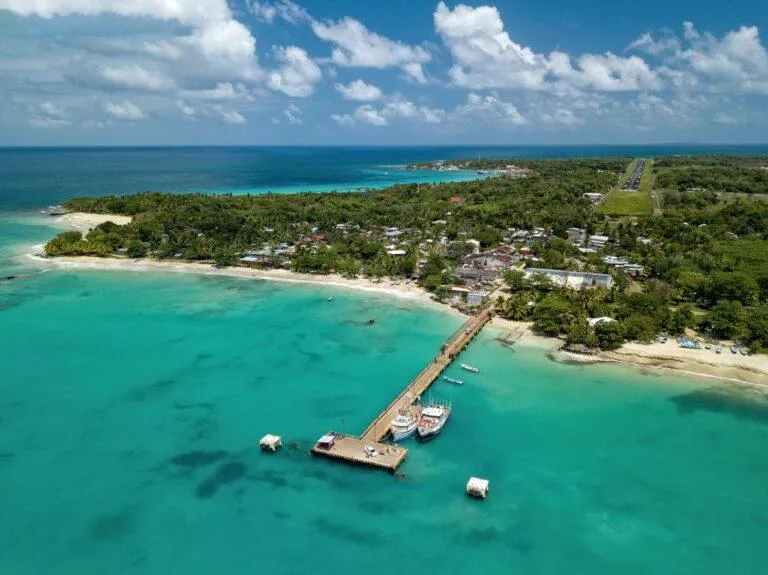
Nicaragua also has a tropical climate and is bordered by the Caribbean Sea.
This tropical climate is defined by a high level of humidity, a nine-month rainy season, high temperatures, and torrential tropical rain. The annual average temperature fluctuates slightly throughout the year.
Hurricanes are frequent in September and October, generating widespread flooding in the majority of locations. Between December and February, strong trade winds are typical, which can be extremely bothersome for anyone looking to enjoy a few days of tranquility on the seaside.
The Caribbean coast’s climate has resulted in the establishment of three natural reserves where visitors can go trekking and camping. From the Caribbean shore, you can also visit the islands in the Atlantic Ocean. Kitesurfing, wakeboarding, fishing, scuba diving, and snorkeling excursions are available throughout the area.
Nicaragua's climate is tropical and mountainous.
Despite the mild temperatures, this is Nicaragua’s coldest climate. Between 600 and 1500 meters above sea level, it is typically a little chillier. Throughout the year, temperatures in the highlands are mild. The majority of precipitation occurs between May and October. Coffee plantations are critical to rural winemaking in these areas. As a result, alternative tourism coffee routes in the country’s north are well-known. Routes suitable for walking, horseback riding, or cycling, depending on your inclinations.
To the north, extensive plains separate the Pacific Ocean mountain range from the Horno Grande mountain range. To ascend to a maximum altitude of 39 meters above sea level and descend to a maximum depth of 30 meters. Because this region of the country is densely forested, mountain camping, canopies, and extensive high-level trekking within the two natural reserves are the most popular activities for travelers.
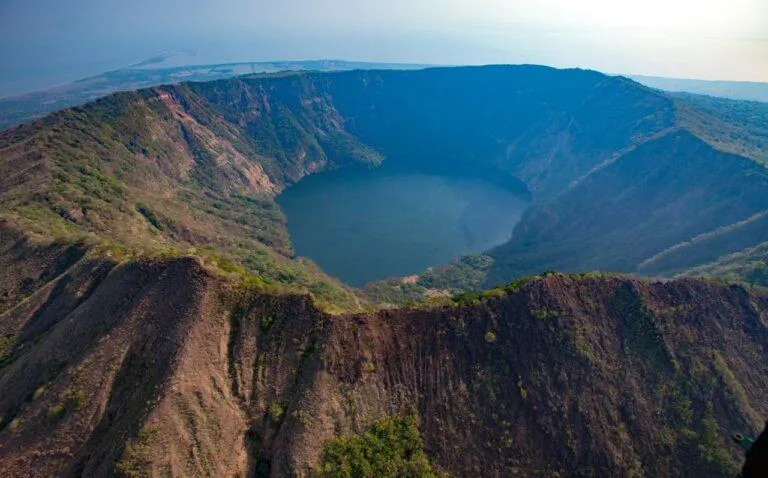
Things To Do
Nicaragua has many exciting things to see and do; choosing only five cities was not easy! We have selected a few tourists favorite destinations and must-see locations!
Nicaragua offers countless tourist attractions to share family vacations or to enjoy an unforgettable trip with some friends. Culture and history are abundant here, and the beautiful environments and landscapes are photography ready. For all different ages and backgrounds, Nicaragua has something to offer.
Surfing, sand boarding (Volcano boarding), kayaking, fishing, mountain climbing, cycling, horseback riding, mountain biking, and hiking are just a few ideas. Also, most national and foreign tourists prefer indulging in paradise beaches, private islands, nature reserves, 19 volcanoes, and plenty of colonial cities await you.
With so much to do and see, it’s necessary to plan and map out your trips! Nicaragua is known as the “Land of Lakes and Volcanoes.”




San Juan del Sur
is the favorite beach of Nicaraguans and the one tourists can’t resist! This former fishing village has become one of the most important tourist destinations in the country, famous for its entertainment, nightlife, and paradisiacal beach environments on the coast of the Pacific Ocean. San Juan del Sur is a true “fun in the sun” paradise located 140 kilometers from Managua’s capital. With white sand, beautiful beaches, and incredible landscapes, its tropical touch gives tourists a heavenly stay.
The neighboring beaches 30 minutes north and south are not far behind Maderas Beach, Marsella, Hermosa, and El Coco Beach, all with fine sands and crystal clear waters.
Let’s not forget The Christ of Mercy Statue (Cristo de la Misericordia) is a 134-meter-tall monument of Jesus Christ in the Nicaraguan city of San Juan del Sur. The memorial is perched high above the bay of San Juan’s northernmost barrier. A tiny chapel is located at the base of the monument. The chapel inside has information about the work’s complete title in Spanish and text dating the construction to 2009. As of January 2017, international visitors pay $2 while Nicaraguan citizens pay $1.
Leon
Leon received the UNESCO designation of “World Heritage.” this unique city’s streets are filled with baroque details of the 16th and 17th centuries with many churches and chapels. One of the first Spanish colonial settlements on the continent, the Ruins of León Viejo, have been buried for centuries under the ashes of the Momotombo volcano, which makes its location hard to miss. To enhance the many offerings of its many natural features, visitors enjoy various attractions such as the magnificent mountain range with its volcanoes and the coastal area with beaches.
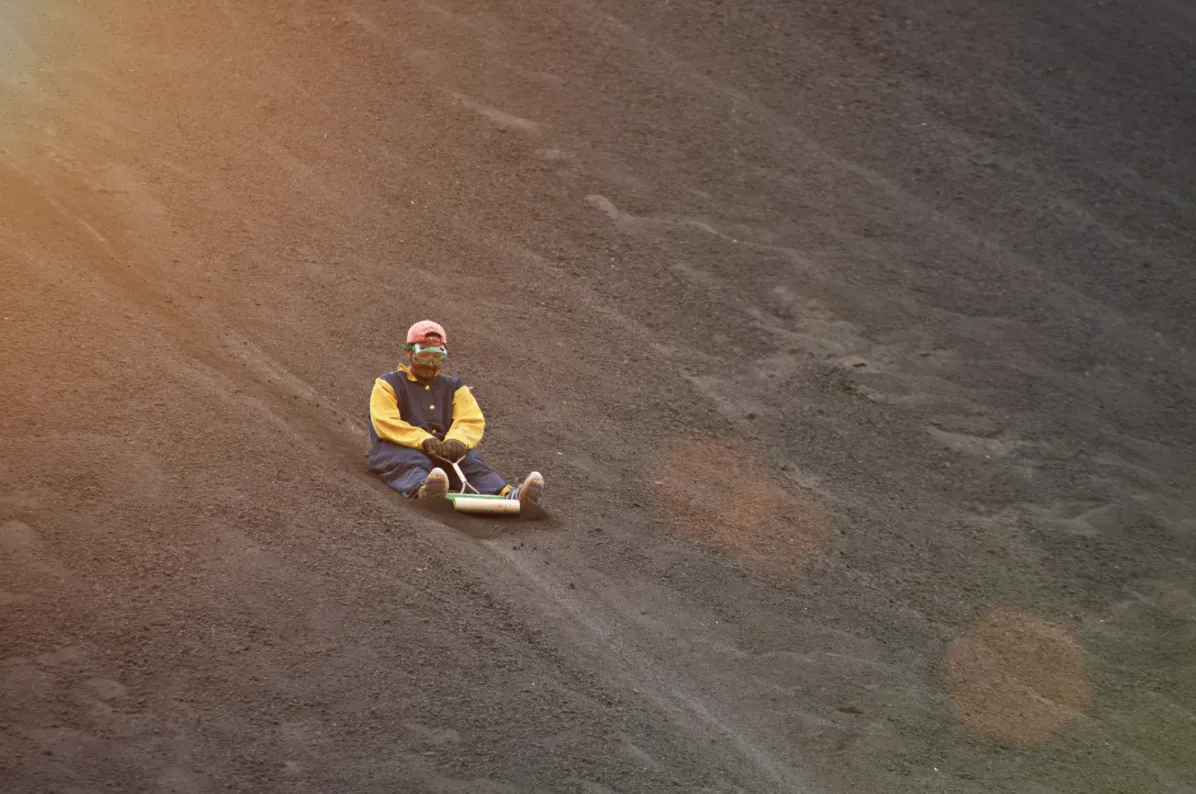
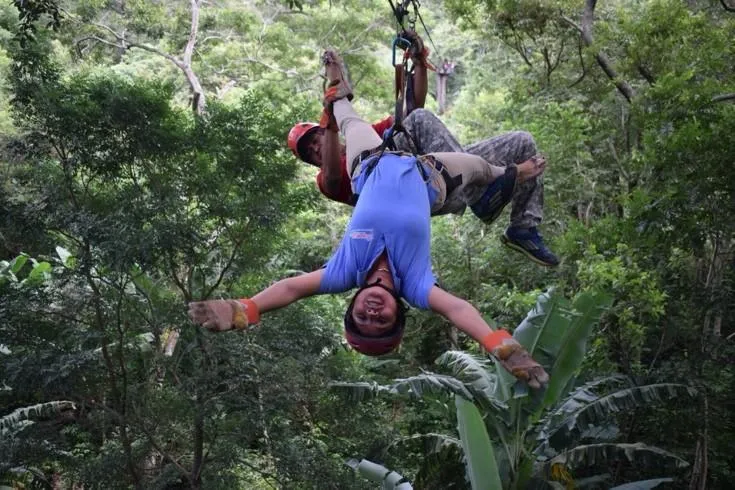
Ometepe Island
The Ometepe Island Biosphere Reserve is located in the neotropical zone of Nicaragua, southwest of the nation. The 267-square-kilometer island with a population of just under 30,000 people receives more than 40,000 visitors a year. You simply can’t miss the two towering volcanoes, Maderas and Concepcion. Maderas is located in the reserve’s east and climbs 1,394 meters.
You can visit the picturesque towns of Moyogalpa and Altagracia all in one day. Don’t forget the Charco Verde Nature Reserve, a natural paradise full of incredible legends, and Punta Jesús María, a natural path in the middle of the lake that extends for up to 1 kilometer.
Granada
Granada is a Nicaraguan city on the banks of Lake Nicaragua. It is home to a number of Spanish colonial landmarks that have withstood successive pirate assaults. Central Park, the city’s largest plaza, is dominated by the beautiful, neoclassical front of the Cathedral of Granada, which was built in 1583. La Gran Sultana is another popular tourist attraction. Spend time strolling and seeing the different colonial buildings in Nicaragua’s oldest city. Several businesses and stores , including bars, restaurants, offices, all sit along the Calle La Calzada strip, where shoppers will also find numerous gift shops.
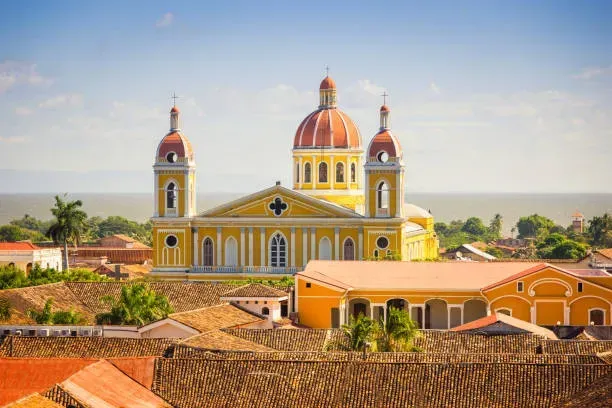
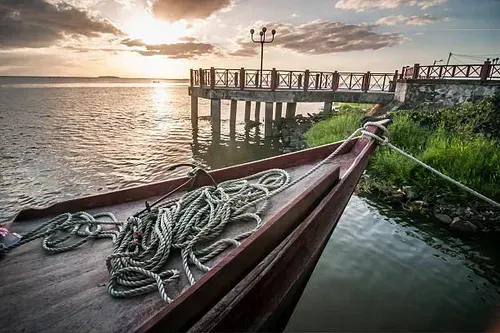
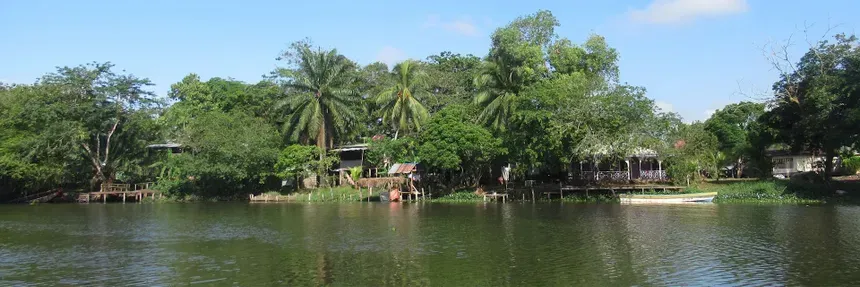
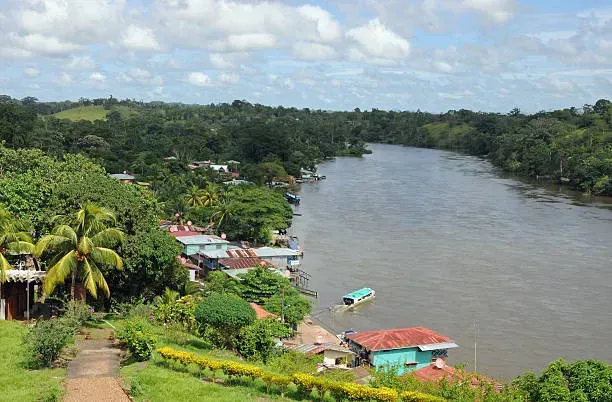
Río San Juan
If you intend to get away from the hustle and bustle of the city, Río San Juan is your best option. This mighty river, which connects Lake Nicaragua (Cocibolca) and the Caribbean Sea, is surrounded along its route by landscapes of lush vegetation and small picturesque towns that overlook its banks. Its main attraction consists of making the trip downriver in boats, passing through various towns such as the city of San Carlos and the small riverside town El Castillo, with its Fortress of the Immaculate Conception.
On the river, you can see lizards of various sizes, fish such as snook, lagoon, or machaca, and the imposing king shad that reaches a length of eighty meters and a weight of up to 160 pounds.Solentiname Archipelago comprises 36 islands located in Lake Nicaragua (Cocibolca), characterized by their exuberant natural settings, exotic species of birds, beaches with waves, and totally virgin uninhabited corners. The islands Mancarrón, San Fernando and La Venada, are the only inhabited. Here the communities of painters stand out, who have developed their own unique style known as Primitivistas de Solentiname.Indio Maíz Biosphere Reserve is the wildlife paradise to visit in Nicaragua that fascinates for its natural beauties. It comprises a vast tropical rainforest reserve with extraordinary biodiversity of flora and fauna, where hundreds of species are found, such as toucans, macaws, hummingbirds, and parrots.
It is accurately considered one of the most important areas in Central America due to the scientific value of the high diversity of plant species and fauna (tapir, manatee, jaguar, pig, saino) and the presence of archaeological remains.
Great Corn Island y Little Corn Island
Two small islands, located in the Caribbean Sea, is another favorite of foreign tourists who love islands! Famous for its paradisiacal virgin beaches, with white sands and turquoise waters, they’re surrounded by lush tropical landscapes!
Both islands, especially the smaller one, have the charm of a rather rustic emerging tourism development, with adequate small-scale services that have not altered their original personality. In them, you can go hiking, snorkeling in coral reefs, deep diving, and enjoy the sun on its sands in peace.
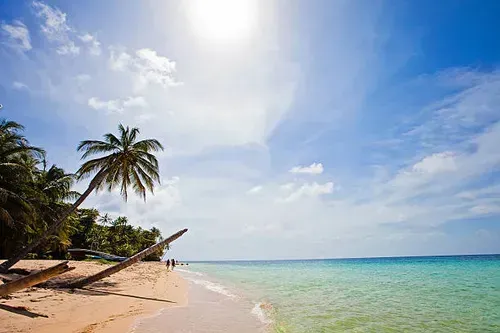
Volcanoes and Islands of Nicaragua Eruptions, camping, extreme sports and adventures.
Nicaragua has at least 50 volcanoes in total, they are divided into active, inactive and extinct (most of the extinct ones are now lagoons). It has huge volcanoes and the only island in the world with two volcanoes in the center of the largest lake in Central America.
In Islands We can find that Islands, Isletas, archipelagos and Keys are divided, for which it is difficult to enumerate the countless scattered throughout the country located in the Pacific Ocean, Atlantic Ocean, in the lakes and lagoons of Nicaragua.
In previous articles I mentioned some very popular volcanoes and islands to visit, these places below are for the more adventurous visitors.

Islets of Granada
The Islets de Granada are formed by more than 365 islets that are located southeast of the Nicaraguan population of Granada, on the so-called Lake Nicaragua. The islets are the product of an avalanche of stone and mud that fell from the slopes of the Mombacho volcano. The islets are the product of an avalanche from Mombacho and not an eruption, which can be easily seen using Google Earth. Most of the islets are now covered with unusual vegetation and are home to important bird species.
Many of the islets have been settled. Some are private property and homes, restaurants or vacation homes have been built on them that you can rent. There are also shops located on some of the islets, and boat tours are available, many offer services of kayaks, sailboats, water skis, snorkeling equipment, and paddle boats, and if you want to stay longer.
Mombacho Volcano
Mombacho Volcano Nature Reserve, in Nicaragua, is located south of the city of Granada and the Isletas de Granada. The beauty of its landscapes and the richness of its flora and fauna make it a unique place. Its cool climate is very pleasing. An indisputable natural beauty. Imposing and wonderful, The Mombacho Volcano Nature Reserve presents areas still unexplored by human beings, living in their different habitats unique species of flora and fauna around the world.
It is located in the Mombacho Volcano Nature Reserve, having a height of 1,400 meters above sea level, being the fifth volcano in the Nicaraguan chain. It has an entire ecosystem of all kinds of animal and plant species. On its summit there is a scientific laboratory and a small museum, from here you can take different walks along trails that border the main casing of the extinct volcano. Along the paths there are round natural perforations that emanate hot vapors; for rest we recommend the panoramic point from which you can admire Lake Cocibolca, Laguna de Apoyo and the city of Granada. You can do canopy, hiking and landscaping.
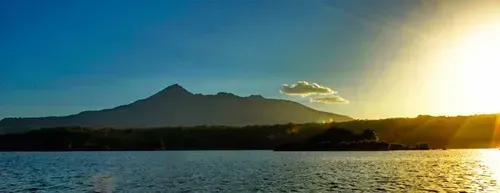
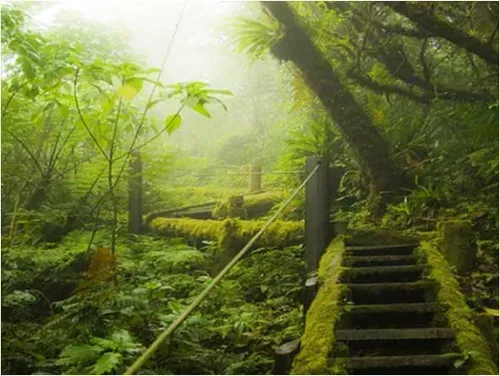
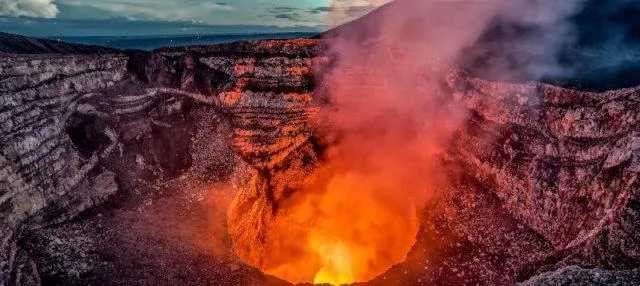
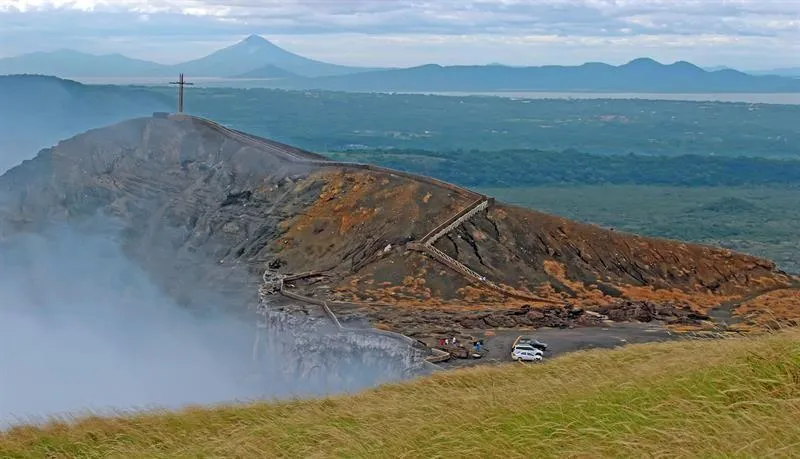
Masaya Volcano
The Masaya volcano is located in the city with the same name and only 22 kilometers from the capital of Nicaragua, Managua.
It is one of the most active and impressive volcanoes in the country, with a height of 635 meters and emitting large amounts of sulfur dioxide. In 1529 the first written references about this volcano were left, the natives consulted a witch inside the volcano, for which the Christian Europeans assumed that the devil himself lived there.
The Spanish called the volcano “Mouth of Hell”, so much so that in 1529, Fray Francisco de Bobadilla, a Mercedarian missionary from La Rioja, planted a gigantic Cross to exorcise the devil on top of the main crater, the cross still remains on the top of the crater and can be seen by all visitors
It is within the Masaya Volcano National Park, in which there are two volcanoes and five craters, as well as different trails and paths. Despite being an active volcano, it is one of the most accessible in all of Central America, with a fully signposted and conditioned path to make it easy to do. Seeing the active crater is a unique experience, also if you have the opportunity, and you dare, you can also visit at night, better appreciating the lava lagoon.
El Hoyo Volcano
The Cerro Negro-Pilas-El Hoyo volcanic complex nature reserve is located approximately 30 kilometers east of the city of León. El Hoyo is a volcanic complex formed by several structures. The first volcano is called El Picachu; after being active, this volcano collapsed, forming other volcanic structures. Currently, the most significant is the El Hoyo Volcano. This can be distinguished by a hole located in one of its skirts, instead of being located at the top.
You can go hiking, landscaping, trekking, to the El Hoyo crater and camping to sleep on the banks of the top of the crater, this last activity is highly recommended.
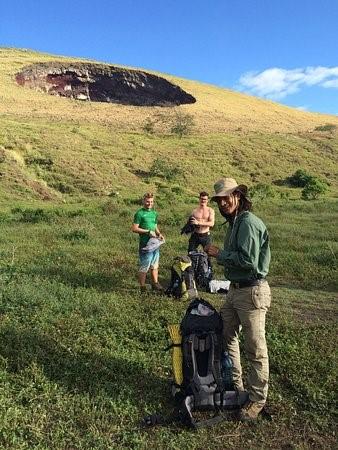
Cost Of Living


How cheap is cheap?
Nicaragua is a “cheap” country to live in, but how cheap? Of course, with so many variables, it’s pretty tricky to give an exact number, but we can break it down enough so you can get an idea! First, take into consideration if you’re traveling alone, a couple, or with your family.
Nicaragua offers Central America’s lowest cost of living and high levels of public safety.
International Living
ranked Nicaragua as one of the top ten best places to retire globally, while most people don’t even know where Nicaragua is!
With a population is 5,995,928 and a population density of 46.3 persons per 2km. Nicaragua occupies an area of 129,494 square kilometers. The main language spoken in Nicaragua is Spanish. The currency in Nicaragua is the Nicaraguan Cordoba. The GDP is $11,260,000,000, which is $1878 per capita. Currently, as of 20/8/2021, C$35 equals $1.00US and continues to go up.
Top 5 Expenses in Nicaragua (No particular Order)
1. Electricity, on average, between $40 – $300 a month
This depends on how energy efficient your home is and how many KW per month you use. All will add up if you leave the AC on all day or have an extra freezer for meat. Having a pool pump, washer & dryer machines, and a hot water pump all use energy. The more you use it, the higher your monthly cost. Nicaragua is running on over 80% renewable resources such as solar and wind power turbines. Homeowners who have solar-powered pool pumps and water heaters, and gas dryer machines minimize their electrical costs.
2. Water , on average, between $5– $75 a month
The price per cubic meter of water costs more in a private development than a city water connection. Our average water bill is C$200 or $6 US per month. (No pool)
3. Cable / Internet is, on average, between $45 – $125 a month
Depending on the service provider; your monthly cost will vary. Fiber optics will be more expensive than the internet provided by satellite or traditional cable. Cable plans are available in packages from several different carriers. Each area has other options, but fiber optics is always the best way to go for the fastest internet.
4. Groceries
Grocery expenditures may be kept low by buying fruits and vegetables from local markets—the cost of groceries increases when buying foreign products, canned goods, and pre-packaged meals.
A single person can spend between $75 – $100 a month.
A couple can spend between $100 – $300 a month.
A family of four can spend between $200 – $400 a month.
5. Renting a House
Renting monthly is always the better option and bargain, but again all depends on your plans! Monthly house rentals can go as low as $250 per month up to $2500 per month! (Top end more of a private island in Granada!) Depending on how many people and length of stay, the average cost will vary. Also, the seasons, special holidays or events it will fluctuate the cost too.



Retirement Options
Have you ever dreamed of owning a slice of paradise, where pristine beaches, crystal-clear ocean waters, and breathtaking views abound? Look no further than San Juan Del Sur, Nicaragua's best-kept secret. While its neighboring country Costa Rica may steal the spotlight, we believe that Nicaragua offers an unparalleled opportunity for savvy investors like yourself. With Nicaragua still relatively unknown compared to Costa Rica, now is the perfect time to get in early and reap the benefits of this upcoming growth. Imagine indulging in the same stunning beaches, mesmerizing ocean vistas, and remarkable natural beauty that Costa Rica is known for – all at a fraction of the cost. In San Juan Del Sur, you can enjoy the beachfront lifestyle you've always desired without breaking the bank. Located right next to the border of Costa Rica, San Juan Del Sur is strategically positioned to become one of Central America's most sought-after destinations. Its prime location makes it an ideal investment for those seeking maximum returns on their hard-earned dollars. Whether you're looking to invest in vacation rentals or purchase your own piece of heaven on earth, San Juan Del Sur offers endless opportunities for growth and profitability. The demand for luxury accommodations and beachfront properties is steadily increasing as more people discover the allure of this hidden gem. Moreover, investing in San Juan Del Sur not only guarantees a high return on investment but also grants you access to a vibrant community filled with expats from around the world. Experience a rich cultural exchange while enjoying all the modern comforts and amenities that this thriving town has to offer. Don't miss out on this golden opportunity to be part of something extraordinary. Take advantage of Nicaragua's untapped potential before others catch on. Invest your money wisely – dollar for dollar – and watch your investment flourish along with this emerging paradise. Contact us today and let our expert team guide you through every step of your journey towards owning a piece of San Juan Del Sur's paradise. Your dream beachfront property awaits – seize the opportunity now!
Land

Residential

Commercial








